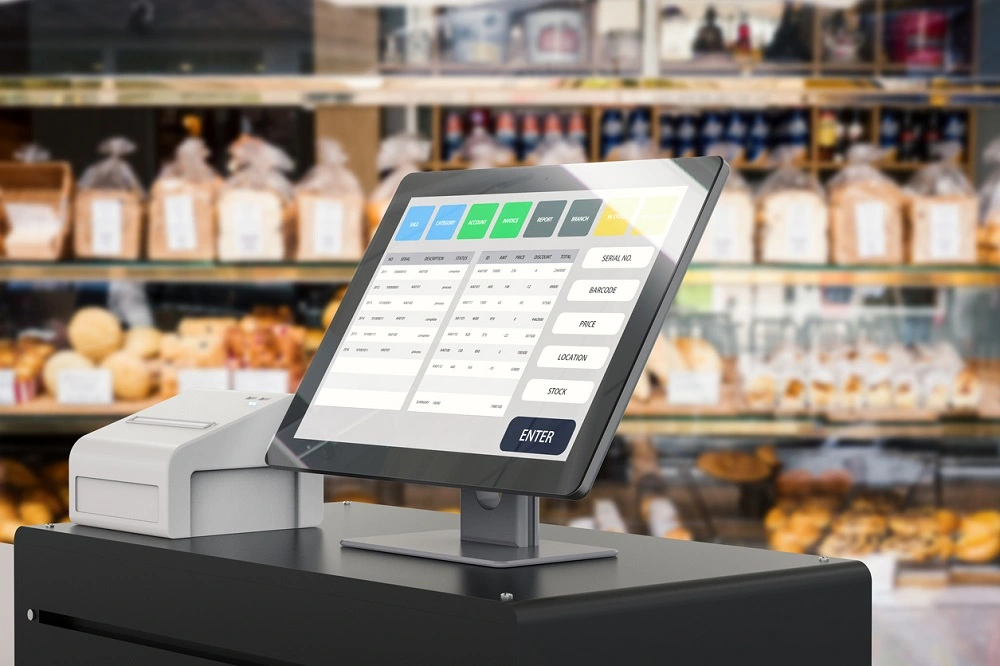How To Track POS Transactions?
In today's modern, dynamic, fast-paced, and digital era, technology is constantly evolving, and with evolving technology comes some significant challenges. The resolution of these challenges is crucial for business growth. One such challenge is present in the retail industry, and it's related to POS systems. Many merchants are unaware of how they can track transactions generated by POS systems. These merchants can enhance the security and efficiency of their businesses by acquiring the knowledge and skills to monitor POS transactions.
Overview Of POS Transactions:
Before knowing how to track these transactions, let's look at the definition of these point-of-sale transactions.
- Definition: A Point-of-Sale transaction, also known as a POS transaction, is a transaction occurring at the point of purchase (when a customer buys goods from a business). The payment method of the customer in this transaction is usually a credit or debit card.
- Types: There are 3 types of these transactions. These are Online, Offline, and Return of Products.
- Advantages: The advantages of these transactions are increased efficiency, greater accuracy, better security, simplified accounting, low cost of doing business, and many others.
Why Should You Track These Transactions?
Tracking these transactions plays a vital role in ensuring smooth business operations. It is a tool for managing inventory, monitoring sales, identifying customers' behavior, and detecting fraud. By tracking POS transactions, a business can identify and analyze trends of popular products among customers and tailor their offerings according to their needs. Tracking these transactions timely can result in the following benefits:
- Inventory Management: By monitoring these transactions, businesses gather real-time insights about the movement of their products, which enables them to assess stock levels, identify fast-moving items, and figure out demand fluctuations.
- Customer Preferences: Tracking provides valuable insights into customer’s purchasing behavior. By analyzing these patterns, businesses can identify trends of which products are selling more. This data helps businesses tailor their marketing efforts according to the customer’s needs.
- Fraud Detection and Prevention: By monitoring POS data, irregular transaction patterns can be identified timely, which may help businesses detect fraud. Fraudulent transactions may include high-value transactions, high volumes of transactions in a shorter period, and more frequent refunds. Fraud can be prevented by tracking these transactions timely and taking necessary actions.
- Marketing and Sales: Tracking POS data can result in identifying customer's purchase behavior, which can be helpful in targeted marketing to specific customer segments. Tracking can also be beneficial for identifying popular products so that businesses can focus on those products to boost their revenue growth.
Your Guide To Tracking POS Transactions
Timely tracking of POS transactions can be effective for businesses. However, you should know that these transactions are usually tracked by legitimate organizations. Following are the steps you should consider before tracking:
1 - POS System And Software
Selecting the right POS system and software is important for tracking transactions.
Before selecting the POS system, it's advisable to take certain factors into consideration.
- You need to look at your business size, industry, and transaction needs.
- You need to look for certain features and tools, such as reporting tools, transaction categories, and real-time monitoring.
- You need to verify that the system you select provides adequate security measures to protect transaction data.

2 - Configuration
Configuring the POS system is crucial for tracking transactions. First, you can configure the system by customizing transaction categories according to your business needs. Secondly, by setting automated reporting features related to sales and inventory. Lastly, you have the option to establish user permissions and encryption protocols to protect your transaction data.
3 - Transaction Categories
First, organize your data and categorize your transactions by product types or services. Clearly label your transactions so that it can help in identifying transactions and provide clarity. Customize categories according to your business needs so that they can provide valuable insights into sales trends and customer behavior. Regularly review and update your categories to accurately represent real-time changes in business transactions.
4 - Staff Training
Effective staff training is crucial for monitoring your transactions. Your staff should be trained properly with the POS system interface and functionality. They should be trained properly for accurate data entry, scanning barcodes, entering discounts, and processing different payment methods to ensure proper recording of transactions.

5 - Reconciliation
You should also reconcile POS data with physical stock to prevent theft, fraud, and errors. You can compare Sales data with POS data to verify inventory levels. You can also use POS data to prevent stockout or overstocking situations. That's how you can minimize your financial losses.
Security And Integration For Tracking
You should implement encryption protocols and real-time monitoring mechanisms to enhance the security of POS transactions, it will help you in tracking these transactions. Additionally, it's advisable to integrate POS transaction tracking with accounting and inventory management systems. This will increase the efficiency of financial and inventory tracking processes. It will also ensure your business achieves transparency and accuracy with sustained growth and profitability.

Key Takeaways
In today’s modern technological world, one of the problems the retail industry faces is tracking POS transactions. These transactions are Point-of-Sale transactions, which occur when a customer buys goods from a business. These transactions have different types and advantages; the common advantages include increased efficiency, greater accuracy, better security, simplified accounting, low cost of doing business, etc.
These transactions play a vital role in ensuring smooth business operations. Tracking these transactions is important due to many factors, such as Inventory management, customer preferences, fraud detection and prevention, accounting and reconciliation, sales and marketing, etc.
The steps that help you to track these transactions are choosing the right POS system and software, configuring these systems, organizing transaction categories, staff training, and reconciliation. Thus, for smooth transaction tracking, consider increasing the security and Integration with the accounting and inventory systems of these transactions. It will increase your business’s transparency and accuracy and ensure overall growth and profitability.
Thanks for giving us your time; after reading this article, we hope you are knowledgeable enough to track your transactions.

William Harrison
William is a consultant providing expertise in business management. He has successfully integrated POS systems into various businesses, demonstrating a passion for improving processes and offering financial advice. With a decade of experience in dealing with POS systems, payment gateways, and ATMs, he is also a passionate writer about finance and accounting.
